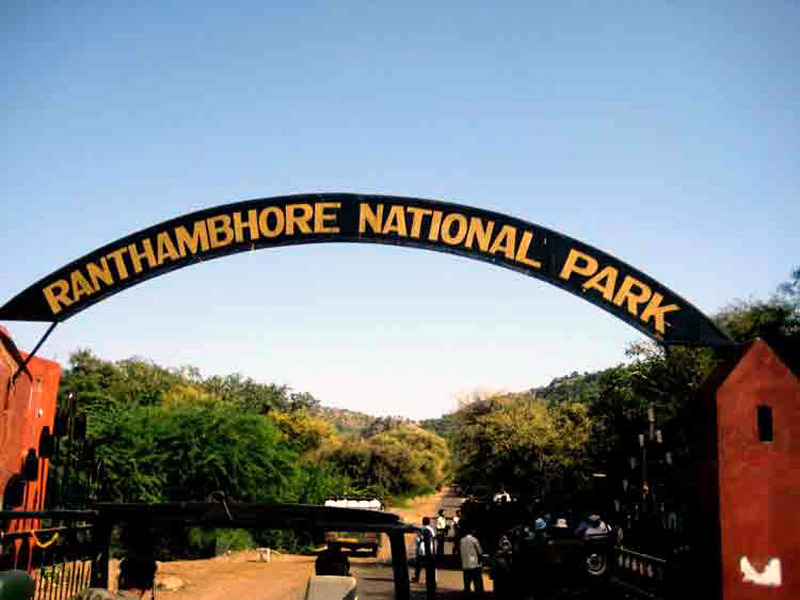Ranthambhore National Park Travel Guide
Situated at the junction of the Aravalli and the Vindhya ranges, Ranthambhore has been one of India’s conservation success stories. Since becoming one of the original areas under Project Tiger in 1973, the park has maintained much of its natural glory. In 1973, the original sanctuary of 156 sq km was expanded to 411 sq km with a core area of 169 sq km and later become a national park. In 1984, an adjoining area of 104 sq km to the south became the Sawai Man Singh Sanctuary (named after the last ruling Maharaja of Jaipur). A significant geological feature within the park is the ‘Great Boundary Fault’ where the Vindhaya plateau meets the Aravalli range. The rivers Chambal in the South and the Banas in the north bound the National Park. The few areas of lush vegetation are around the lakes and have pipul, mango, palas and banyan creating a thick forest. The huge banyan tree near Jogi Mahal at the base of the fort is reputedly the second-largest known and is worth a visit. The major predator here is the tiger, bu
Ranthambhore
Ranthambhore
,,







